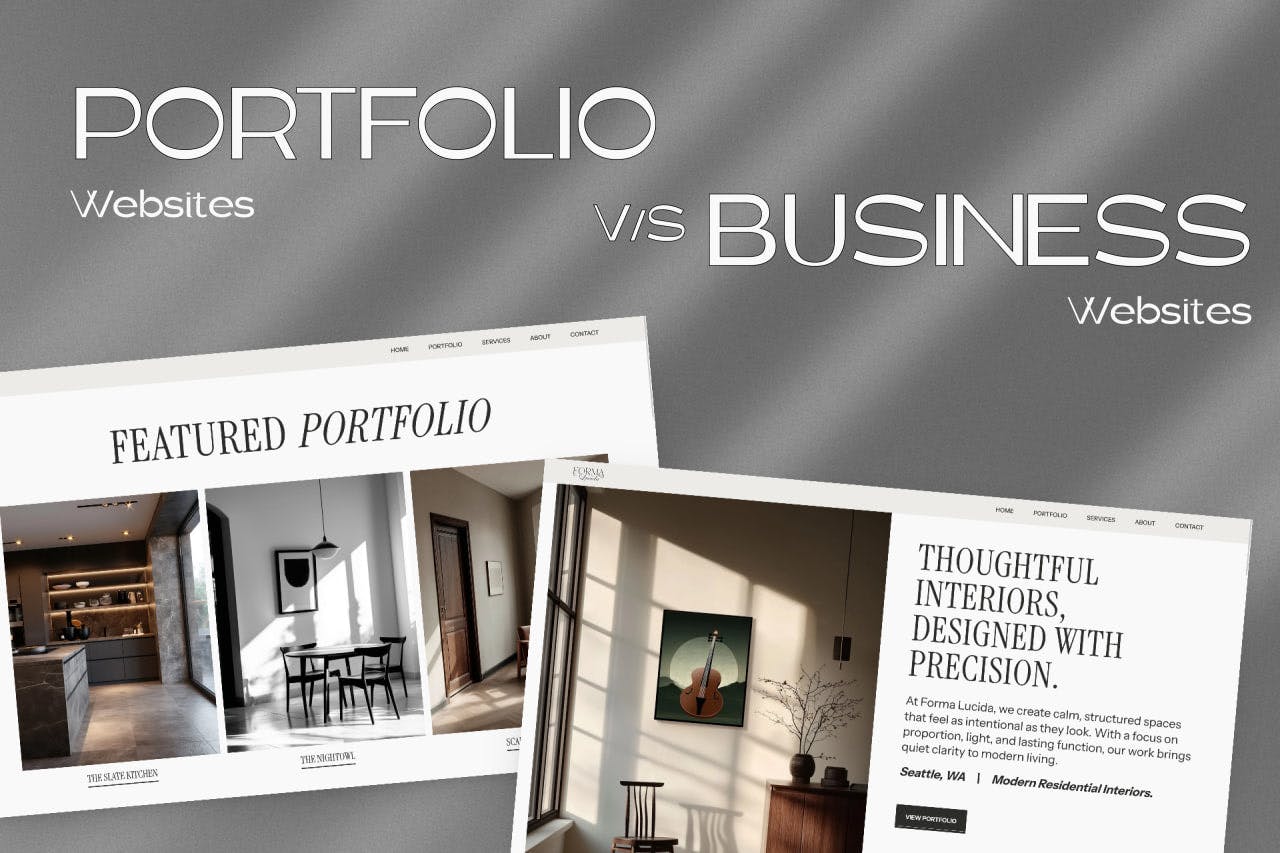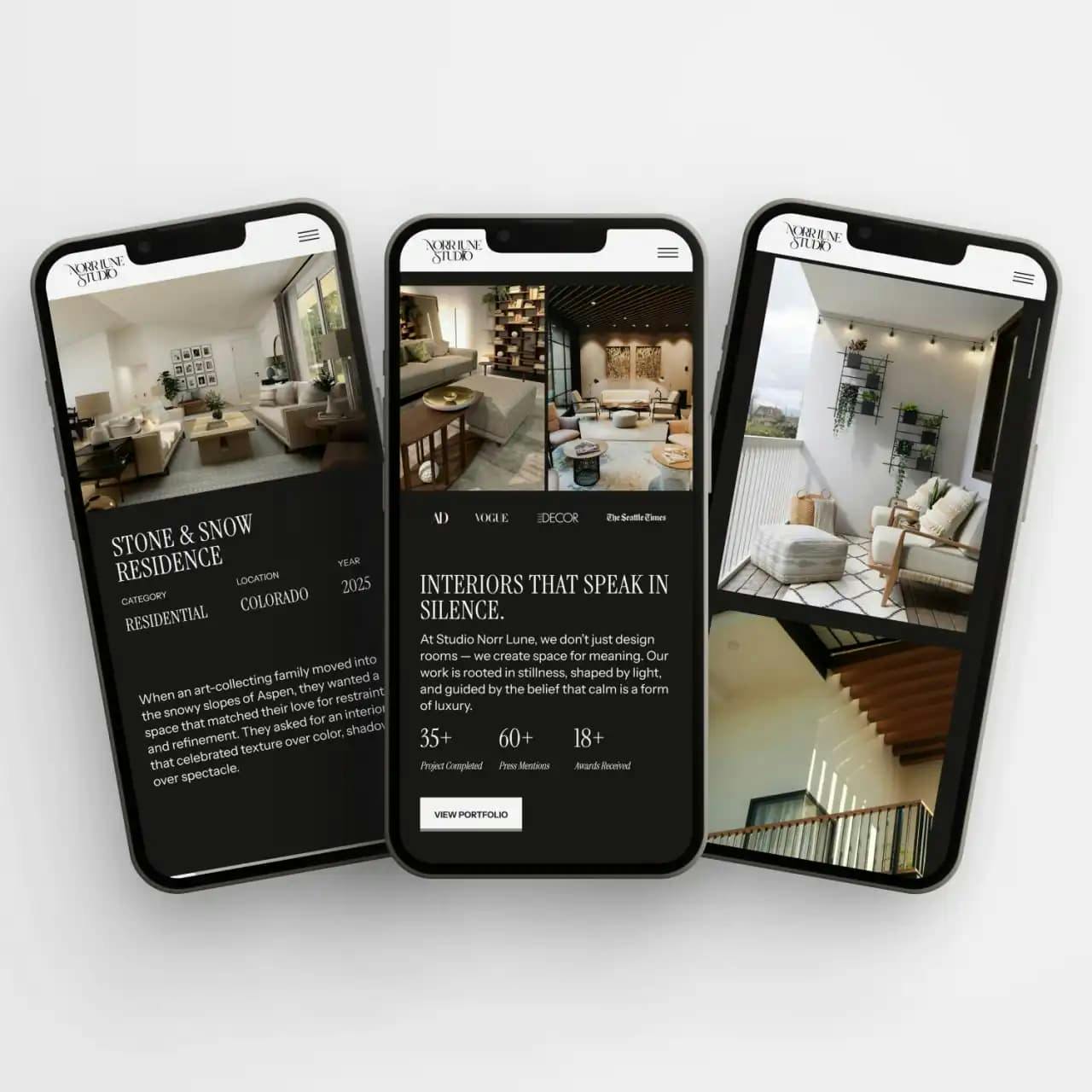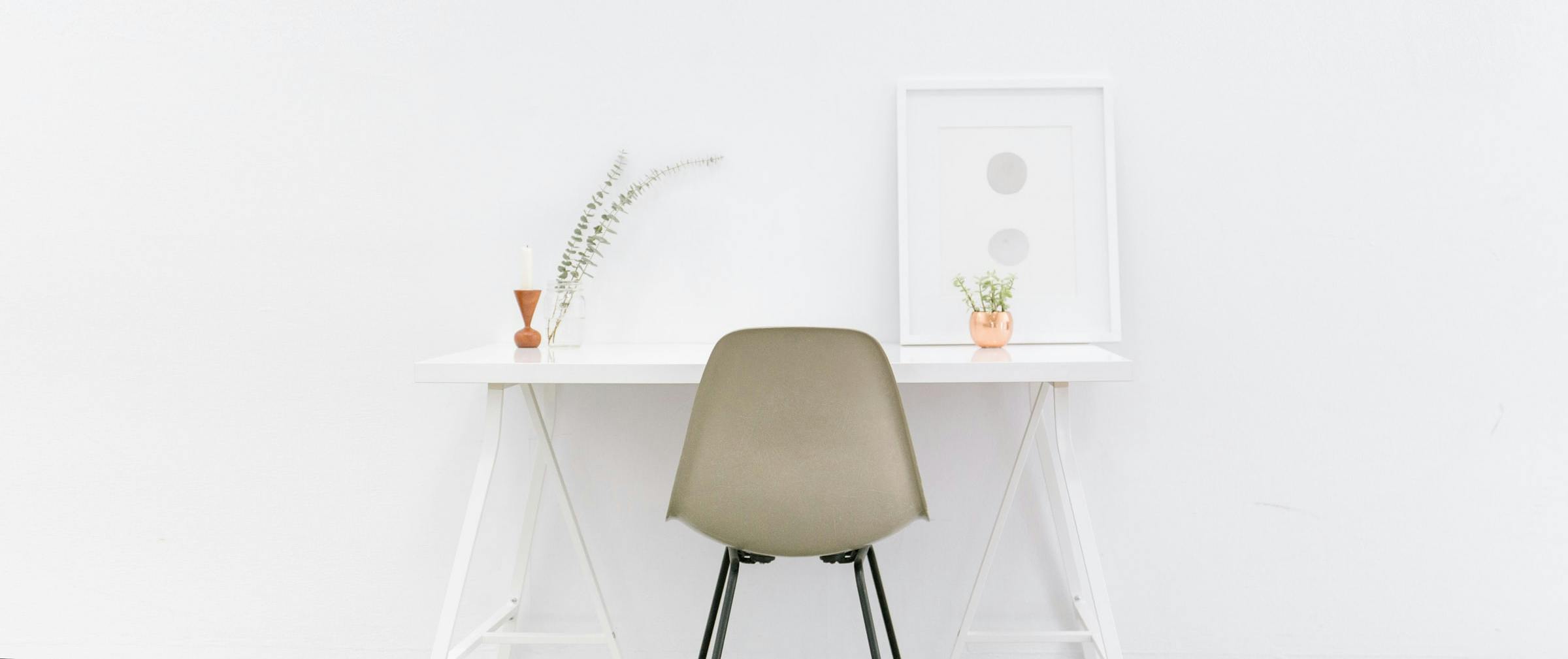Both types of websites serve a purpose for your interior design business; the key is knowing which one you need now, and when it’s time to upgrade.
If you’re still freelancing or exploring different types of work, a portfolio website can give you visibility while you define your voice and gather experience.
If you’ve launched your firm and want to attract higher-value clients, a business website is essential for showing not just what you do, but how you do it and why it matters.
And if you're somewhere in between, say, a year or two into your business, there are middle-ground solutions worth considering, like a semi-custom website.
Here are some deeper distinctions that many interior designers overlook when comparing the two, but that can help you make a decision with more clarity:
1. Message Control
Portfolio websites let your work speak, but they leave no room for branding; business websites help you speak about your ethos, process, and approach with targeted and well-crafted messaging that helps your prospects connect and trust you.
2. Visitor Journey
A portfolio site leaves visitors to explore on their own; a business website leads them through an intentional and well-structured path, from curiosity to confidence to conversion.
3. Performance & Visibility
Business websites are often built with searchability, speed, mobile responsiveness, and accessibility in mind; they are built to be found and discovered by anyone, new prospect or old reference.
Portfolio websites, especially template-based ones, are mostly built for presentation and rely on getting shared by someone who already trusts your work.
4. Long-Term ROI
Portfolio sites provide short-term credibility, but they will provide no real value after a certain time; they come with a shelf life.
Business websites build long-term equity; they generate qualified leads, reduce time spent explaining your value, and support pricing transparency. The ROI from a business website compounds over the years to build not just trust but also a legacy.











